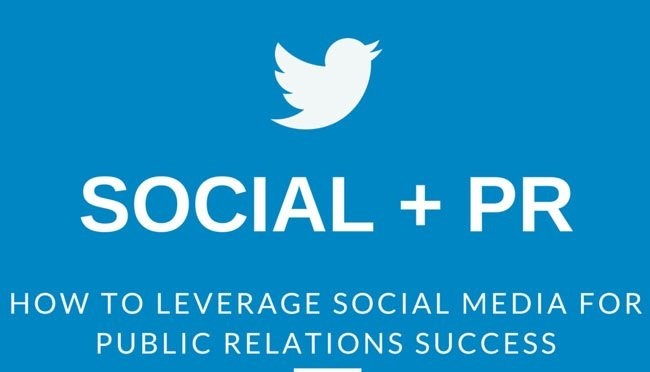Social media has transformed classic public relations and is providing businesses with countless new opportunities to drive customers to their storefronts. Sounds like the best of all possible worlds, right, combining new media with old? Any business can set up a Facebook page or Twitter account, but you still need to follow traditional PR rules on these new platforms.
Problems can arise when companies rely too heavily on social media at the expense of tried-and-true PR strategies.
1. Build personal relationships.
Sure, it’s important to follow journalists on Twitter to keep tabs on their work. But social media “follows” don’t necessarily lead to press coverage. Face-to-face relationships with media still bring the best results. If you’re planning to attend a trade show (or digital media panel), ask the event organizers if they have a list of attending media, then reach out to the appropriate journalists and bloggers with a polite e-mail requesting a meeting. Follow the same approach with local business press. You’ll be amazed at the results. Media nearly always pay more attention to the businesses and leaders they’ve met. Best time to reach out: Friday. Worst time: afternoon, when traditional media are on deadline.
2. Always “sell” to media’s hot buttons.
Reporters have designated “beats.” In PR, it’s your job to know these topics and cater to precise coverage needs. Remember: The journalist’s or blogger’s number-one goal is to create content that attracts the most eyeballs, generates the most excitement and plaudits, and thus advances her career. Every approach you make to this “customer” should be driven by the motive, “How can I help this journalist reach her objective?
3. Make every contact worthwhile.
Company Twitter feeds that jumble together press releases, job openings and blog links are a waste of time for media. Worse still: the practice of using Twitter to pitch stories en masse to the universe. Such tweets get the same reception as spam. If you want attention from the media, make each contact golden. Journalists’ two favorite words are “exclusive” and “advance.” If you approach them with a story that is theirs alone, and ahead of the press release date, they’ll love it. Advance exclusives almost never fail to win a reporter’s immediate attention and long-term appreciation. Just make sure you specify that the story you’re advancing is embargoed from other press outlets until the date and time of the announcement.
4. Create videos, not “hideos.”
With the advent of YouTube, video has become a popular and powerful medium for distributing business news and information. But before you plop in the director’s chair, remember there’s a reason why Angelina Jolie, Ben Affleck and Steven Spielberg make the big bucks: They know how to act, script, direct and produce film that command an audience’s attention. In contrast, most company forays behind the camera result in “hideos”—tedious talking heads interspersed with PowerPoint slides. If you’re intent on creating a video, then wonderful, go for it! But hire a professional videographer. These pros can create eye-popping video quickly and at competitive prices.
5. Never make social media your crisis response bureau.
Sometimes bad things happen to good companies. Websites crash. C-level executives are indicted. Facilities burn down or flood. When crises arise, you need a PR response team in place to take charge and deal directly with media, providing up-to-the-minute support that reassures the public and customers. Some of the worst crisis PR in recent months occurred when companies defaulted to Twitter to handle press inquiries. Media went berserk and wrote about their frustration in trying to find a live human to answer questions. Angry customers used companies’ own tweets against them—retweeting the posts with “boos” added.
Used as part of an integrated approach to communications, platforms like Twitter, Facebook, YouTube and Pinterest can amplify the impact of PR to build the brand, create a loyal community of followers and attract interested members of the press. But remember that social media is a PR tool, not a substitute. When you engage with media, know the rules.

